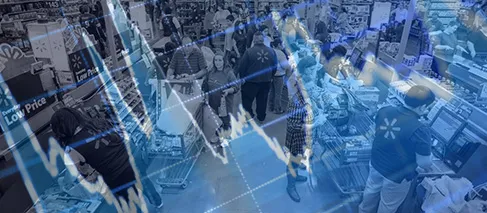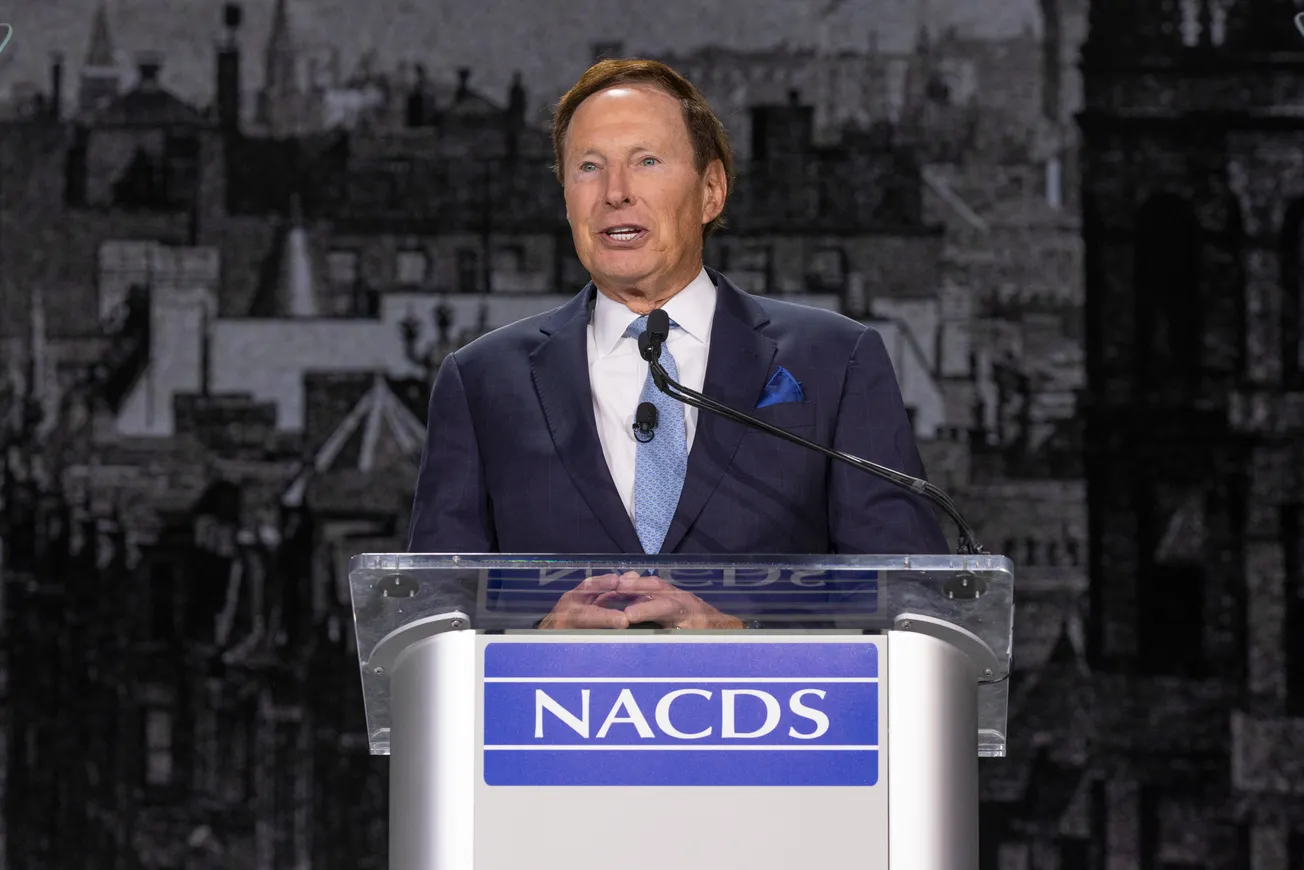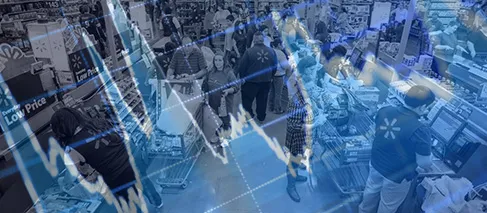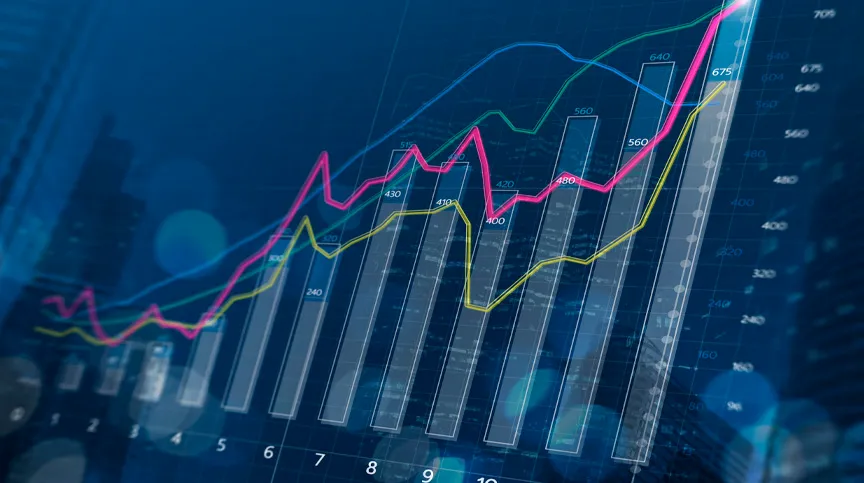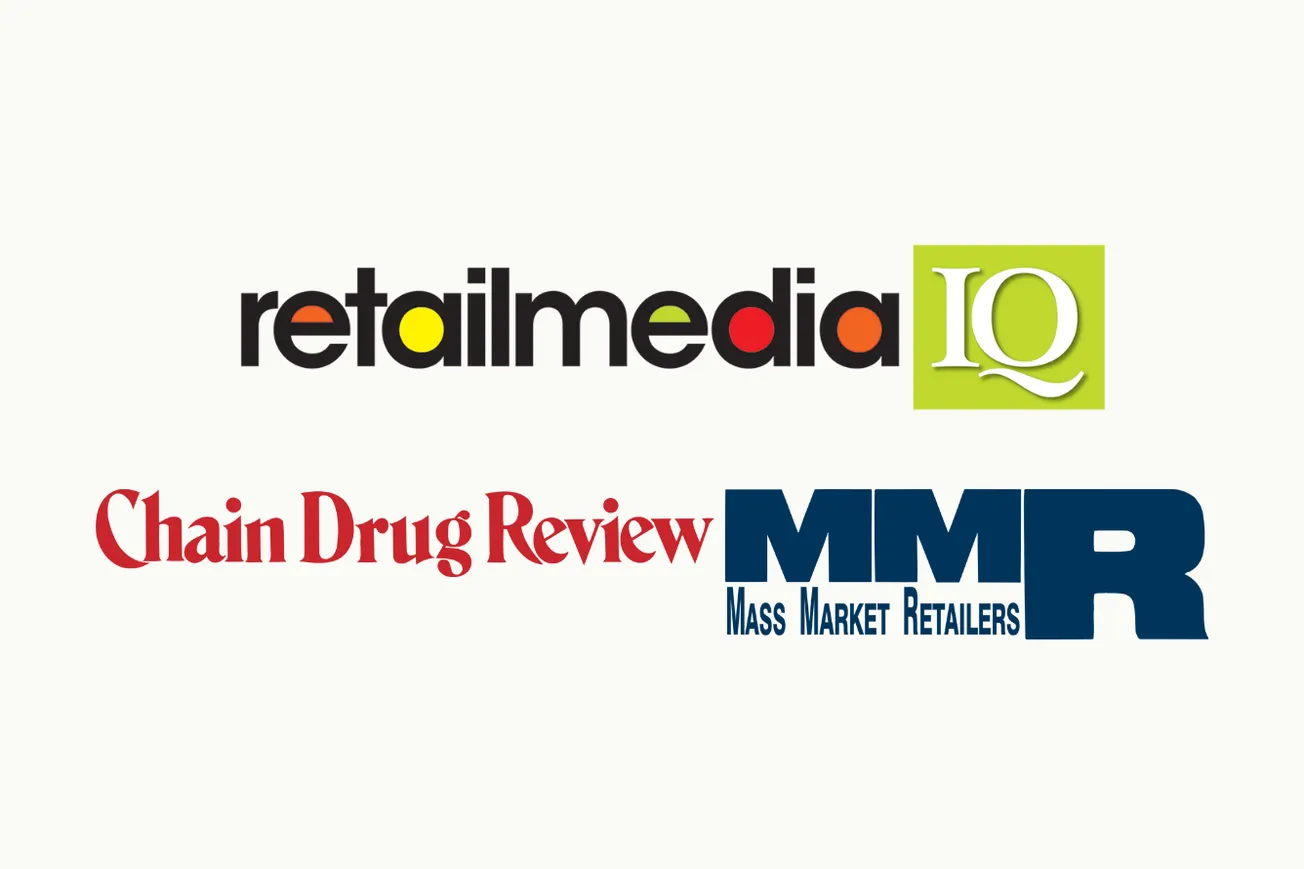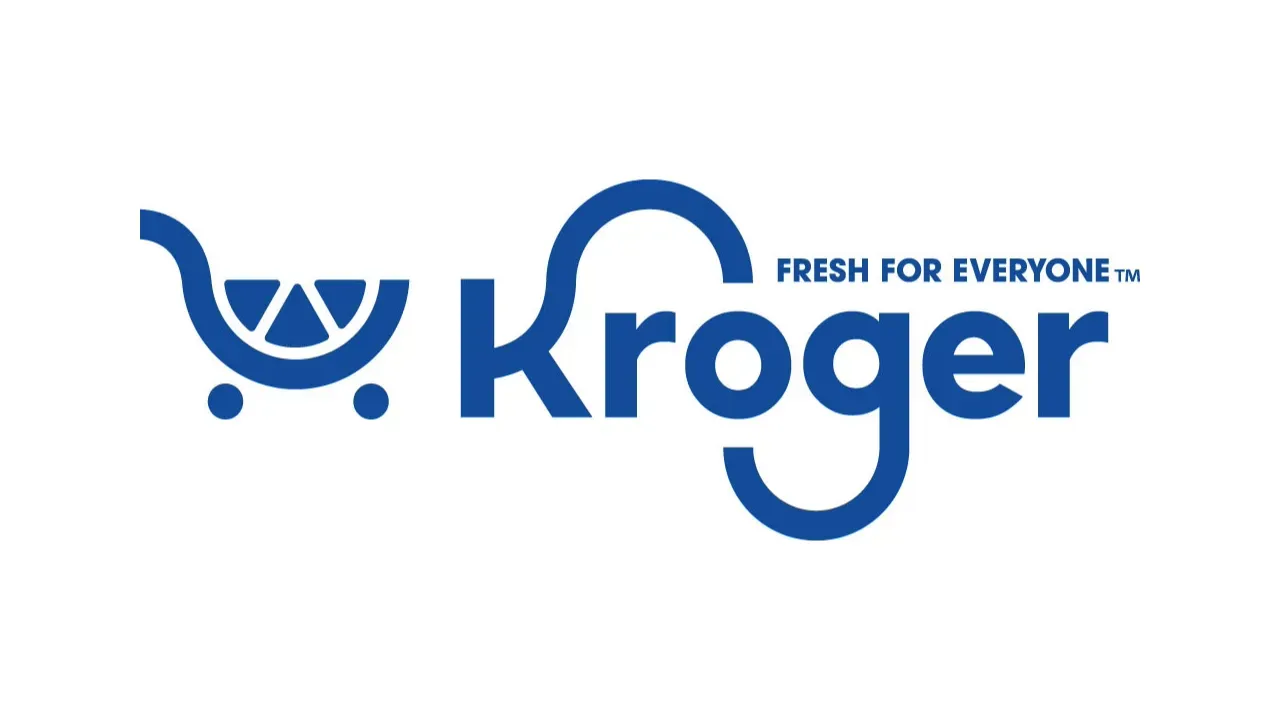WASHINGTON – Despite inflation and high interest rates, National Retail Federation chief economist Jack Kleinhenz is predicting that a recession is unlikely and the economy will see slight growth in 2023.
“A month into 2023, the economy is facing stiff headwinds and – with the exception of easing inflation – will likely face more challenges before it gets better,” Kleinhenz said. “The debate on whether we are in a recession will heighten over the next few months, just like last year. But while households will probably feel recession-like conditions this year, I do not expect that the downturn will be severe enough to become an official recession.
“The good news is that corporate and household balance sheets are in the best shape we’ve seen going into a downturn,” Kleinhenz said. “This should make any economic slowdown mild and limit the downside risks despite my outlook for the economy to staddle a zero-growth path during 2023.”
Kleinhenz’s remarks came in the February issue of NRF’s Monthly Economic Review, which said the economy is “more resilient than expected” but nonetheless showing a mild slowdown as Federal Reserve interest rate hikes adopted to bring inflation under control “are having their desired effect.”
Following two consecutive quarters of negative numbers in the first half of the year – a common but unofficial definition of a recession – gross domestic product grew 3.2% year-over-year in the third quarter of 2022. Growth slowed to 2.9% in the fourth quarter, but the year still came in at 2.1% above 2021. The National Bureau of Economic Research declined to declare an official recession because the decline in the first half of the year affected only certain sectors of the economy rather than meeting its definition of a recession being a significant decline seen across the economy.
While consumer spending grew 2.8% for the year, it was slowing in late 2022, dropping 0.2% month over month in November and another 0.3% in December. Overall retail sales dropped 1.1% monthly in December as gasoline prices and automobile sales fell sharply and holiday sales turned out to be choppy. Retail sales as defined by NRF – excluding auto dealers, gas stations and restaurants to focus on core retail – were down 0.5% month over month in December. Combined November-December holiday sales were up 5.3% over 2021 but were slower than expected.
With spending slowing, the Personal Consumption Expenditure Index – the Fed’s preferred measure of inflation – eased to 5% in December, its slowest annual pace in over a year. That was down from 5.5% in November and the core PCE index, which excludes volatile food and energy prices, was at 4.4%. Following those results, the Fed increased interest rates by only a quarter of a percentage point at its February meeting today rather than repeating the half-point increase imposed in December.
The labor market is cooling as some major companies, particularly in technology, announce layoffs, but small businesses are continuing to hire and the December unemployment rate was at a 50-year low of 3.5%.
Whether the economy will see a “sluggish pace of growth” or slips into a “considerable falloff” depends largely on whether the Fed can strike the right balance between interest rates and inflation, Kleinhenz said. While the slowing momentum of inflation could pave the way for reassessment of future rate hikes or even a reduction in rates, rates will likely remain “in restrictive territory” for the remainder of the year, he said.


